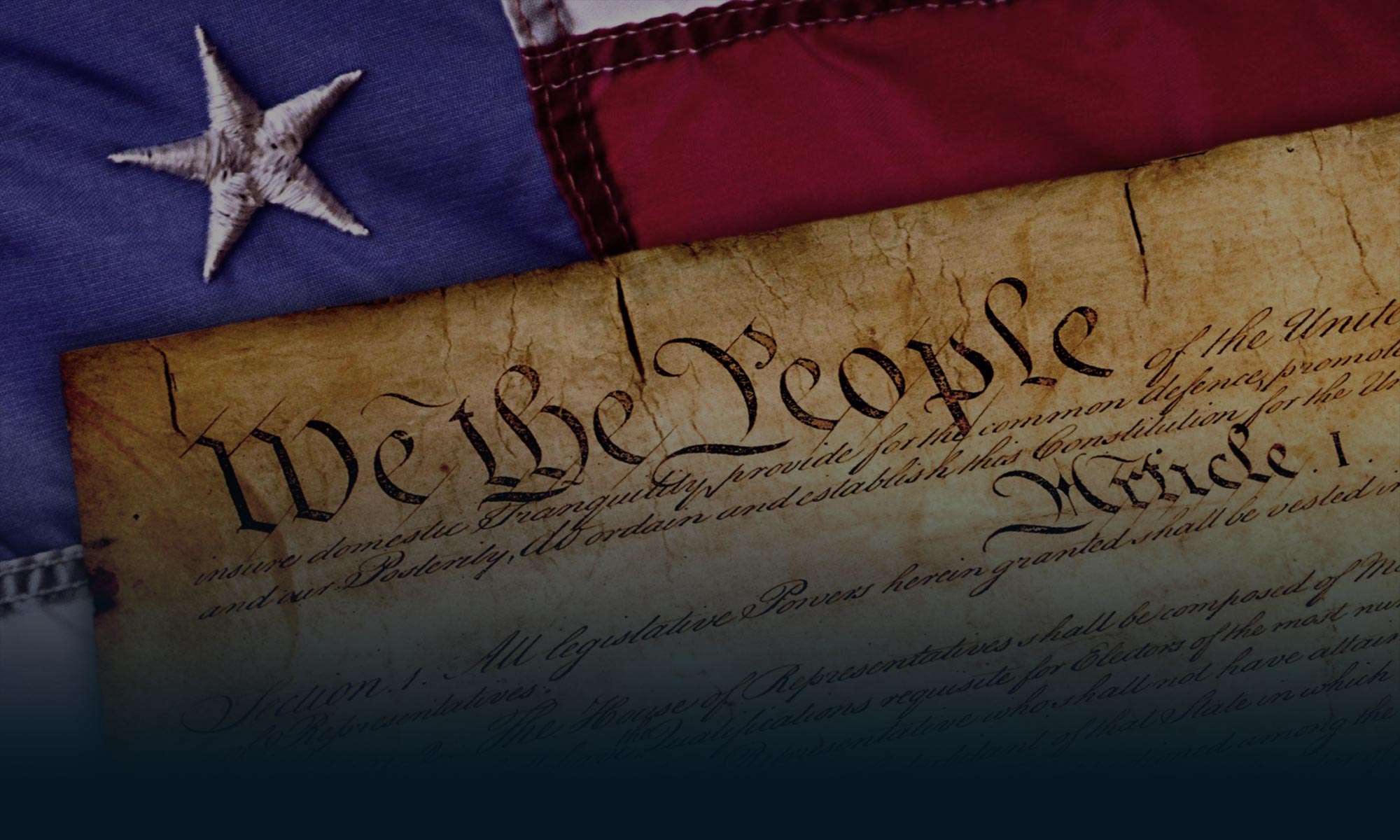Pity the plight of poor Anthony Comstock. The man H.L. Mencken described as “the Copernicus of a quite new art and science,” who literally invented the profession of anti-obscenity crusader in the waning days of the 19th century, ultimately got, as legendary comic Rodney Dangerfield would say, “no respect, no respect at all.”
As head of the New York Society for the Suppression of Vice and special agent for the U.S. Post Office under a law that popularly bore his name, Comstock was, in Mencken’s words, the one “who first capitalized moral endeavor like baseball or the soap business, and made himself the first of its kept professors.”
Continue reading “The Censor’s Dilemma”
